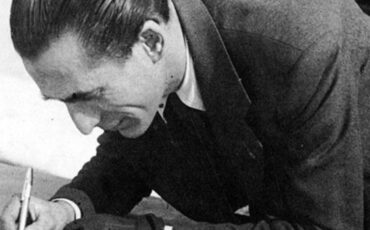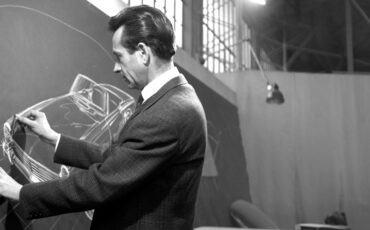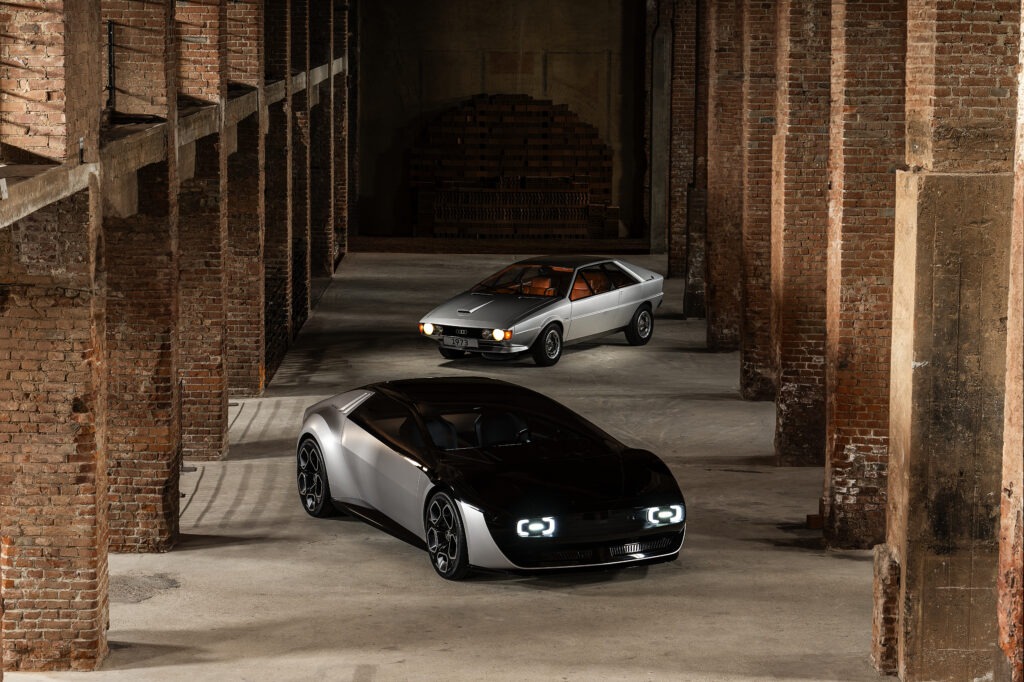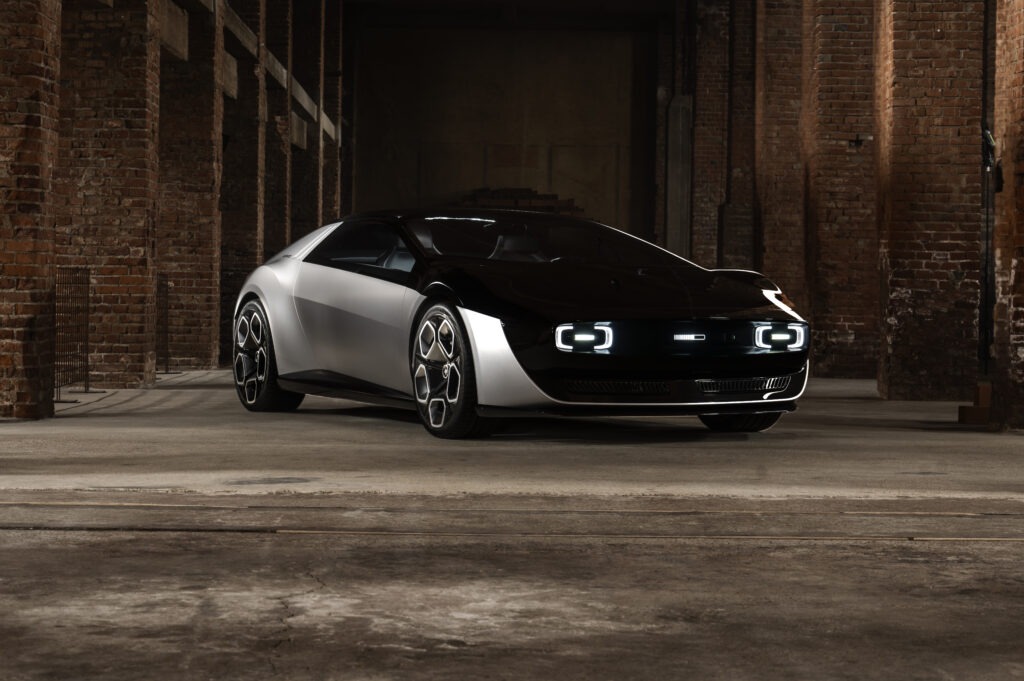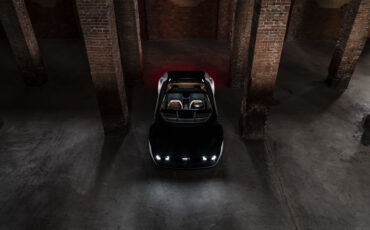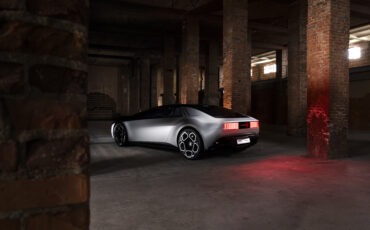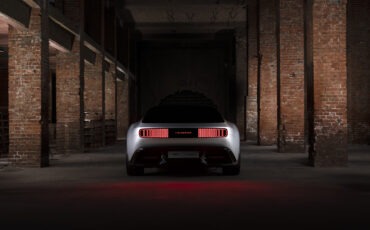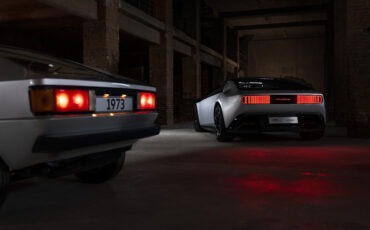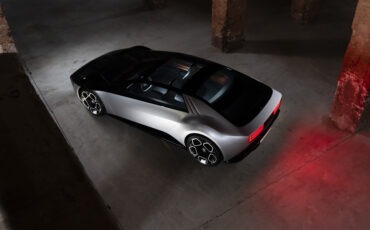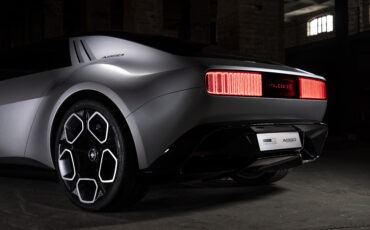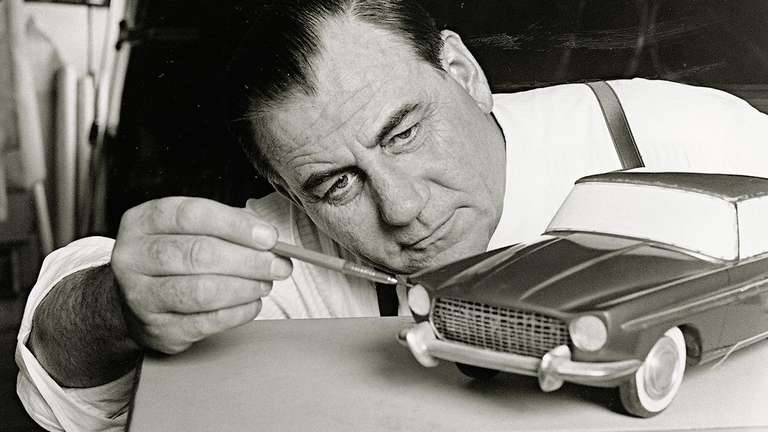
Pietro Frua: Early Life and Career Beginnings
Pietro Frua, born on May 2, 1913, in the automotive hub of Turin, Italy, would go on to become one of the most esteemed and influential automotive designers of the 20th century. Raised in a modest family, with his mother Angela working as a tailor and his father Carlo as a Fiat employee, young Pietro was surrounded by the burgeoning automotive industry that would shape his destiny.
Frua’s journey into the world of design commenced when he enrolled at the Scuola Allievi Fiat, embarking on a path that would lead him to become a draftsman. His early education laid the foundation for his future endeavors, and after graduating from the Fiat Cadet School, he quickly found himself at the Farina factories in a drafting role. Little did he know that this would be the starting point of a remarkable career that would leave an indelible mark on the world of automotive design.
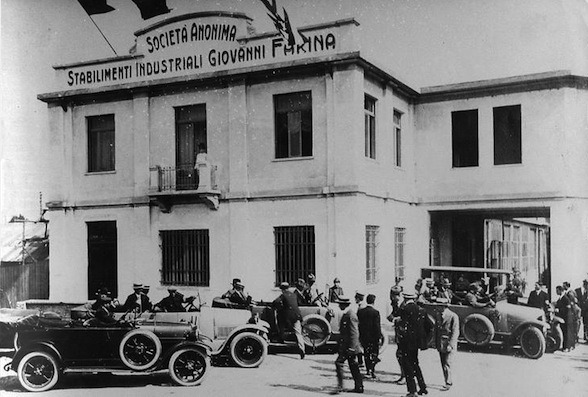
By the age of 22, Frua had ascended to the position of Director of Styling at the Stabilimenti Farina, the most important Turin coachbuilder at the time. It was during this time that he first encountered Giovanni Michelotti, who would later become his successor after Frua’s departure from the company due to conflicts with Attilio Farina.
Post-War Challenges and Entrepreneurial Spirit
The aftermath of World War II posed significant challenges for the automotive industry, with car-styling work being scarce. Undeterred, Frua turned his design skills to diverse projects, including children’s cars, electric ovens, kitchen units, and even a monocoque motorscooter. This period of diversification demonstrated Frua’s adaptability and resilience in the face of adversity.
In 1944, as the world emerged from the shadows of war, Pietro Frua founded his own company. Armed with determination and a vision for the future, he purchased a bombed-out factory, assembled a team of 15 workers, and equipped himself to design and build cars. This marked the beginning of Frua’s entrepreneurial journey, and under his guidance, panel beater Sergio Coggiola flourished, later establishing his own body shop.
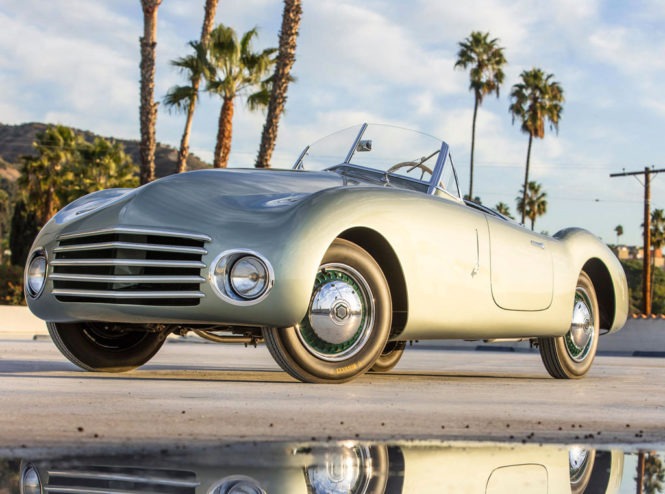
Frua’s inaugural creation for his new firm was a one-off car with spider-type bodywork based on the Fiat 1100 C. The car earned recognition, securing the second prize in its category at the prestigious Villa d’Este Concours d’Elegance in 1947. This early success laid the groundwork for Frua’s burgeoning reputation as a designer of distinction.
Rise to Prominence and Collaborations
The pivotal year of 1948 saw Frua making a significant impact at the Turin Motor Show, where he showcased a Lancia Aprilia Giardiniera at his stand. The 1950s witnessed Frua’s focus on studies and realizations based on Fiat platforms, but it was his collaborations with other esteemed brands like Maserati and Lancia that truly set him apart.
Maserati, recognizing Frua’s talent, became one of his early clients. Frua was tasked with styling Maserati’s new 2-litre, 6-cylinder sports car, the A6G. Over the course of seven years, from 1950 to 1957, Frua crafted 19 Spyders and seven coupés in three distinct design series, showcasing his versatility and artistic prowess.
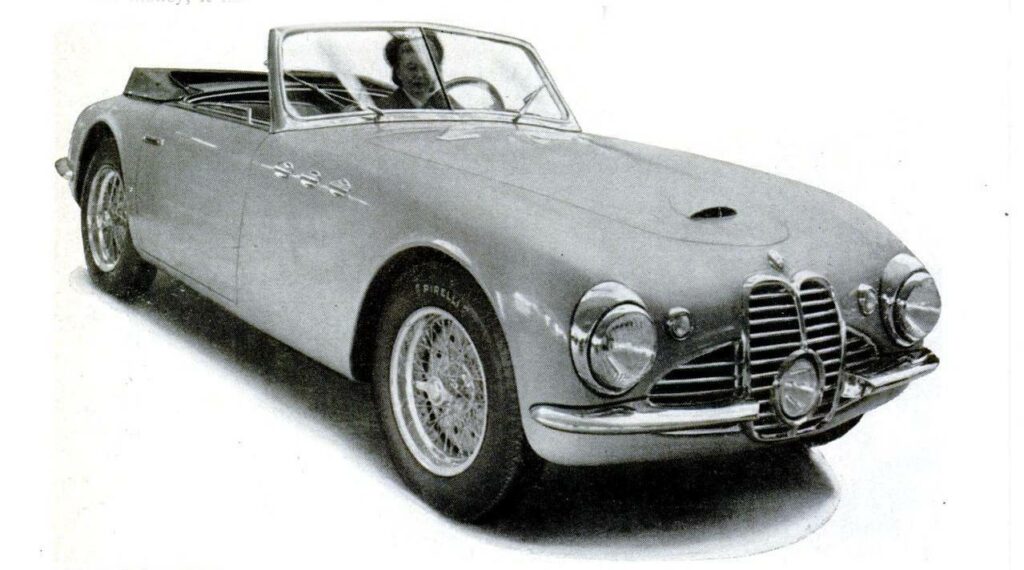
In a strategic move in 1957, Frua sold his coachbuilding company to Carrozzeria Ghia in Turin, with Luigi Segre, Ghia’s director, appointing him head of Ghia Design. This collaboration aimed to leverage the Frua brand without compromising Ghia’s relationship with its primary customer, Fiat. While leading Ghia Design, Frua played a pivotal role in the success of the Renault Floride, a commercial triumph with approximately 117,000 units sold in a decade.
Studio Tecnico Pietro Frua and Global Recognition
Despite the accomplishments at Ghia, disputes over the authorship of the Renault Floride’s design led to Frua’s departure. Undeterred, he founded the Studio Tecnico Pietro Frua, marking a new chapter in his illustrious career.
The 1960s emerged as a prolific period for Frua. While maintaining close ties with Fiat and Maserati, he designed the iconic Maserati Quattroporte and undertook numerous projects for foreign brands. Noteworthy among these was the Volvo P1800, designed by Pelle Petterson under Frua’s attentive eye.
Frua’s influence extended beyond Italy’s borders, with designs for Swiss subsidiary Ghia-Aigle and the establishment of Carrosserie Italsuisse in Geneva by former Ghia-Aigle employee Adriano Guglielmetti. Frua’s touch was evident in the prototypes built by Italsuisse, further solidifying his international reputation.
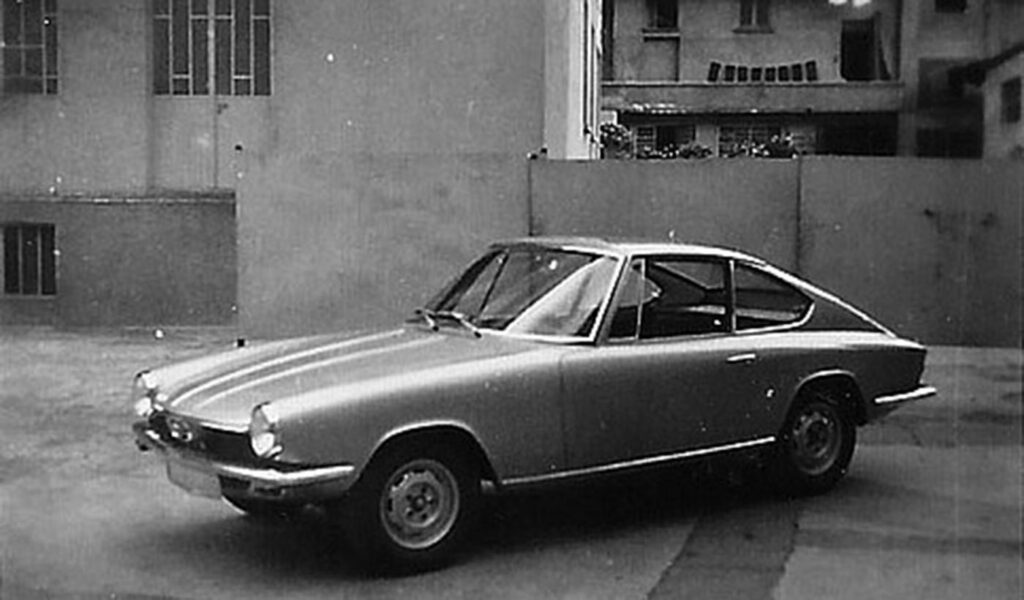
In 1963, at the age of 50, Frua collaborated with Germany’s Glas, designing the GT Coupé and Cabriolet, along with the V8-powered 2600. These designs, often referred to as “Glaserati” due to their resemblance to Frua’s Maserati creations, continued production until BMW’s acquisition of Glas in 1968.
The 1960s also witnessed Frua’s involvement with AC Cars, producing the Frua-bodied 7-litre AC Frua Spider and coupé. His expertise extended to the Monteverdi High Speed 375S, a sport coupé with a Chrysler engine, showcasing Frua’s ability to collaborate across borders and with various powertrains.
Legacy and Later Years
As the 1970s unfolded, Frua’s presentations became less frequent, but he continued to demonstrate his impeccable taste and craftsmanship. One of his final designs to enter series production was the Maserati Kyalami, a two-door GT unveiled at the 1976 Geneva Motor Show.
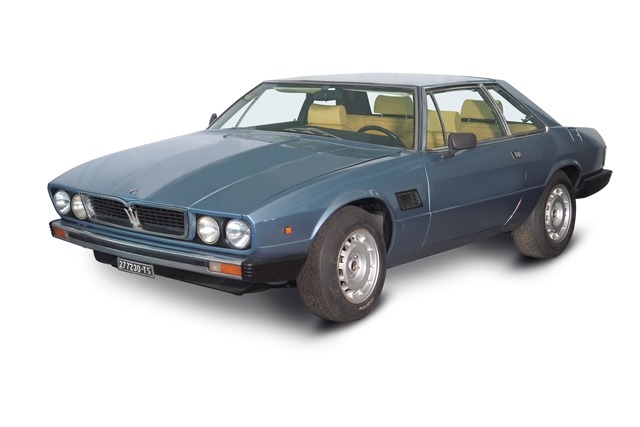
In 1982, Pietro Frua faced a personal challenge as he battled cancer. Despite undergoing surgery, his health declined, and he passed away on June 28, 1983, at the age of 70. Frua’s legacy endures through the timeless designs he created, the innovative approaches he embraced, and the influence he exerted on the world of automotive design.
Conclusion
Pietro Frua’s journey from a draftsman in Turin to an internationally acclaimed automotive designer is a testament to his unparalleled talent, resilience, and visionary spirit. His ability to seamlessly blend form and function, coupled with his entrepreneurial endeavors, contributed significantly to the evolution of automotive design during the mid-20th century.
From his early days at Farina to the establishment of his own design studio, Frua’s impact was felt across renowned brands like Maserati, Renault, and Volvo, leaving an indelible mark on each collaboration. The “Frua line” became synonymous with elegance, taste, and a commitment to excellence that transcended borders.
As we reflect on Pietro Frua’s storied career, it becomes evident that his legacy extends far beyond the cars he designed. He was a trailblazer, a visionary, and a driving force in an era that shaped the future of the automotive industry. The timeless beauty of Frua’s creations continues to inspire generations of designers, ensuring that his influence remains etched in the annals of automotive history.

